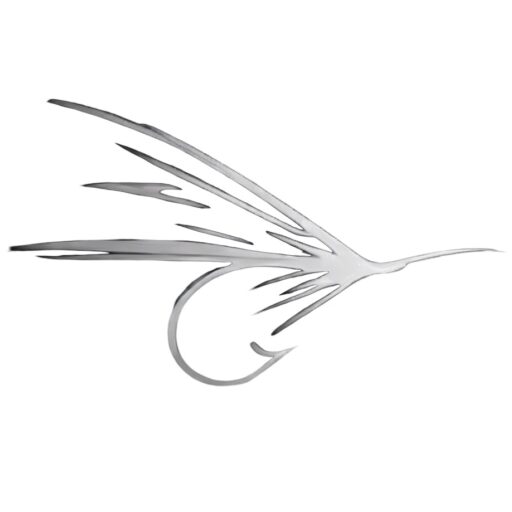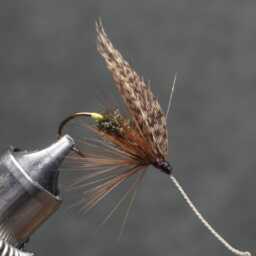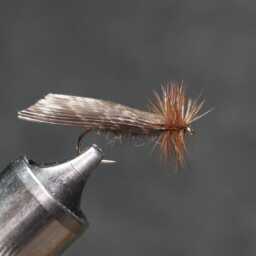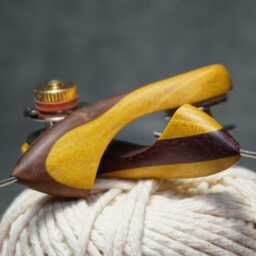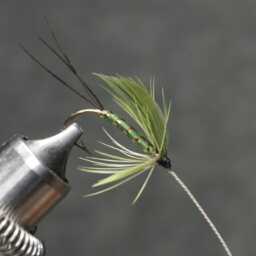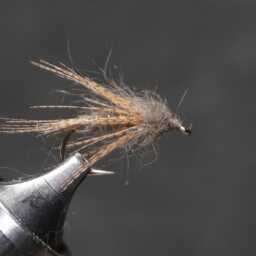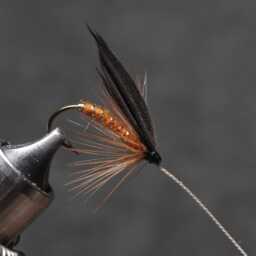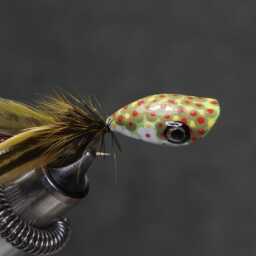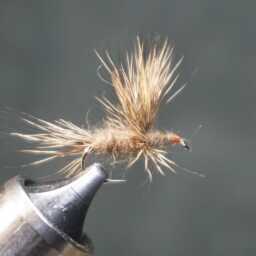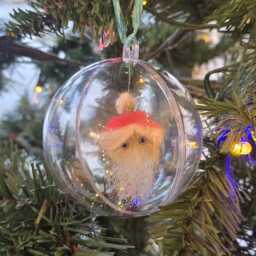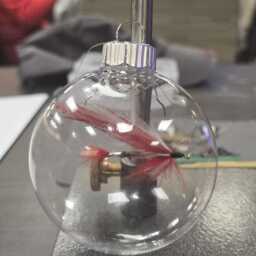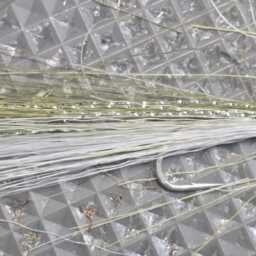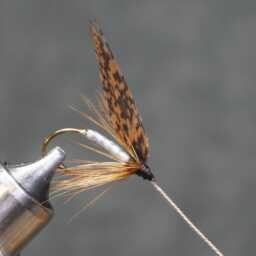Many popular salmon fly patterns rely on Black and White Wood Duck feathers. These finely barred feathers feature lemon yellow flanks with alternating black and white bands on their tips. Packages are typically sold containing three left and three right feathers.
In the organization of wood duck barred feathers, a distinction is maintained between right and left sides. These feathers, resembling near mirror images of each other, facilitate the process of finding and pairing equal right and left side feathers. This categorization system proves helpful, especially when constructing specific fly patterns like the Atlantic salmon fly, requiring a narrow strip from both a right side and a left side feather for its married wing.
Notably, in certain steelhead fly patterns such as the Orleans Barber, a barred black and white wood duck strip is utilized as tail fibers. Similarly, the Coon Muddler, another steelhead pattern, incorporates wood duck as an underwing for the main raccoon body hair wing.
Description:
The wood duck (Aix sponsa), also known as the Carolina duck, is a medium-sized perching duck found in North America. The male wood duck is renowned for its vibrant and multicolored plumage, featuring chestnut and green hues, with intricate patterns on nearly every feather. In contrast, the female is less colorful, sporting a distinctive profile and a delicate white pattern around the eye. Both genders have crested heads.
Physical Characteristics:
Adult wood ducks typically measure between 47 to 54 cm (19 to 21 in) in length, with a wingspan ranging from 66 to 73 cm (26 to 29 in). They weigh between 454 to 862 grams (16.0 to 30.4 oz), approximately three-quarters the size of an adult mallard. They belong to the same genus as the Asian mandarin duck (Aix galericulata).
Habitat and Behavior:
Wood ducks are commonly found in wooded swamps, nesting in tree holes or specially designed nest boxes placed around lake margins. They possess strong claws that enable them to grip bark and perch on branches. They are often seen along the edges of swamps, sluggish streams, overgrown beaver ponds, and wood-fringed marshes, preferring these areas over large stretches of open water. Their distinct oblong head shape and distinctive flight pattern—dark underwings and chest with a bright belly—make them easily recognizable.
Vocalizations:
The male wood duck emits a rising whistle sound, “jeeeeee,” while the females produce a drawn-out, rising squeal, “do weep do weep,” when flushed. Their alarm call is described as a sharp “cr-r-ek, cr-e-ek.”
The revised version categorizes the information into distinct sections for a clearer understanding of the wood duck’s characteristics, habitat, behavior, and vocalizations.
The flank feathers from the male are one of the most coveted feathers in fly tying and refers to as “Lemon Barred”
Or “Lemon Barred Wood Duck”. They are a golden pale yellow feather with speckling on the barbs.
« Back to Glossary Index